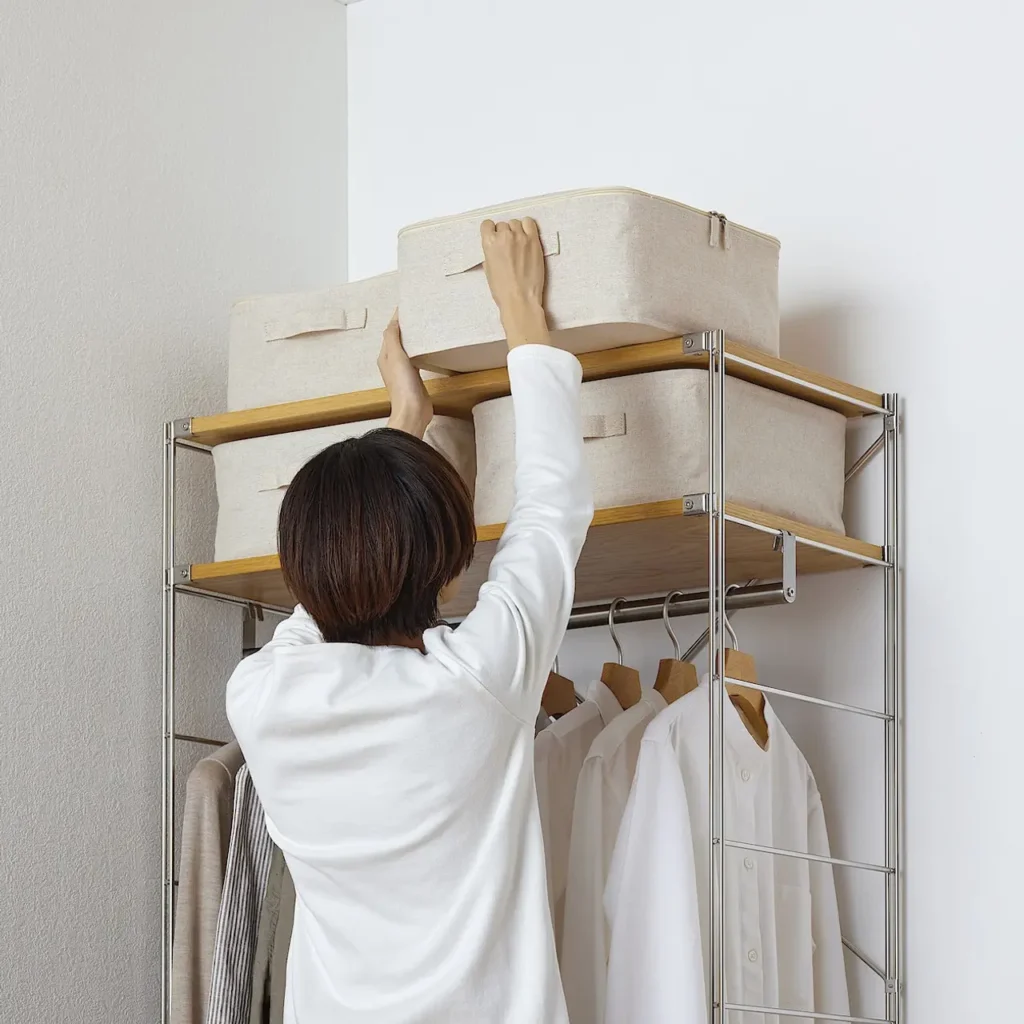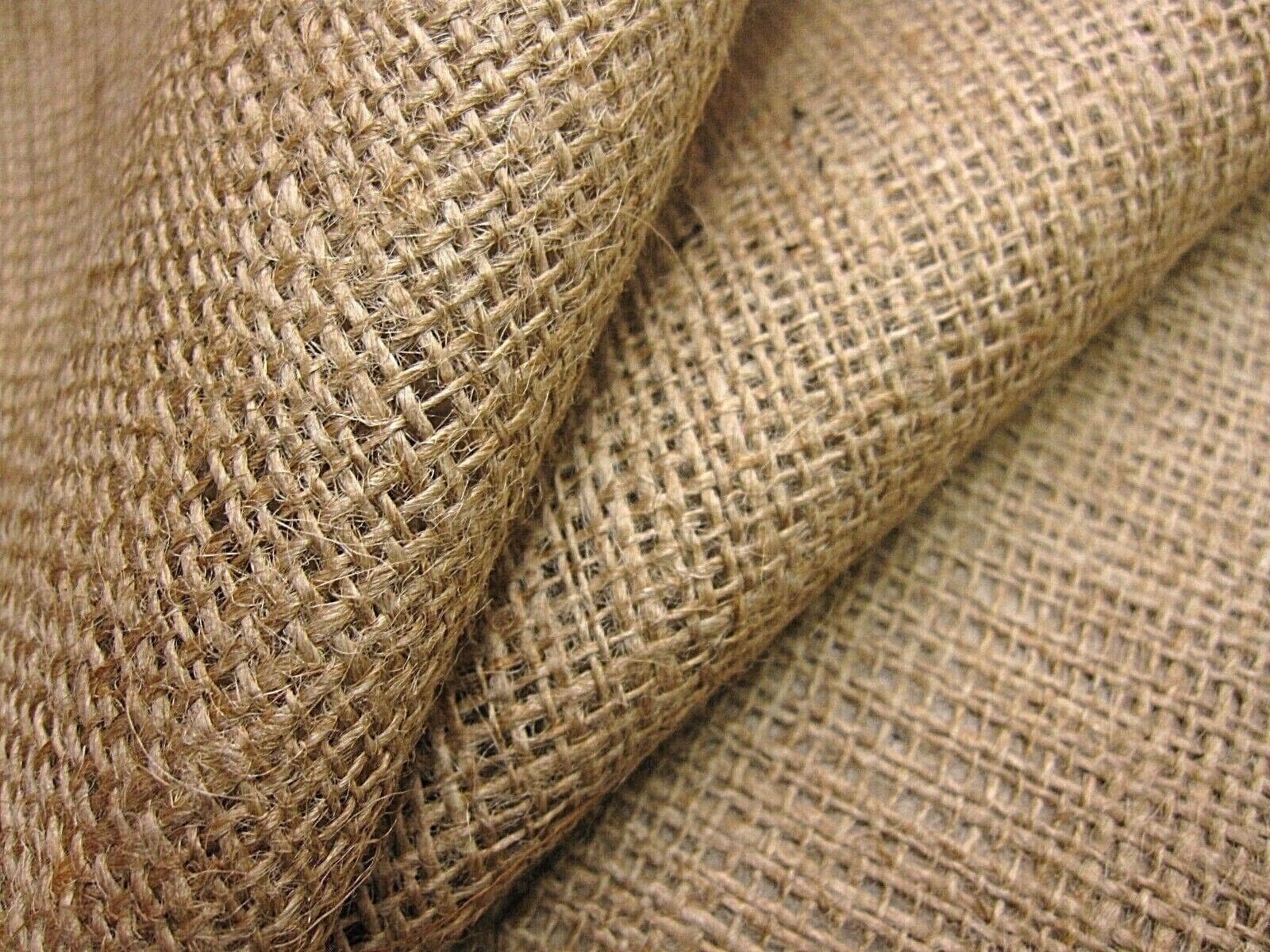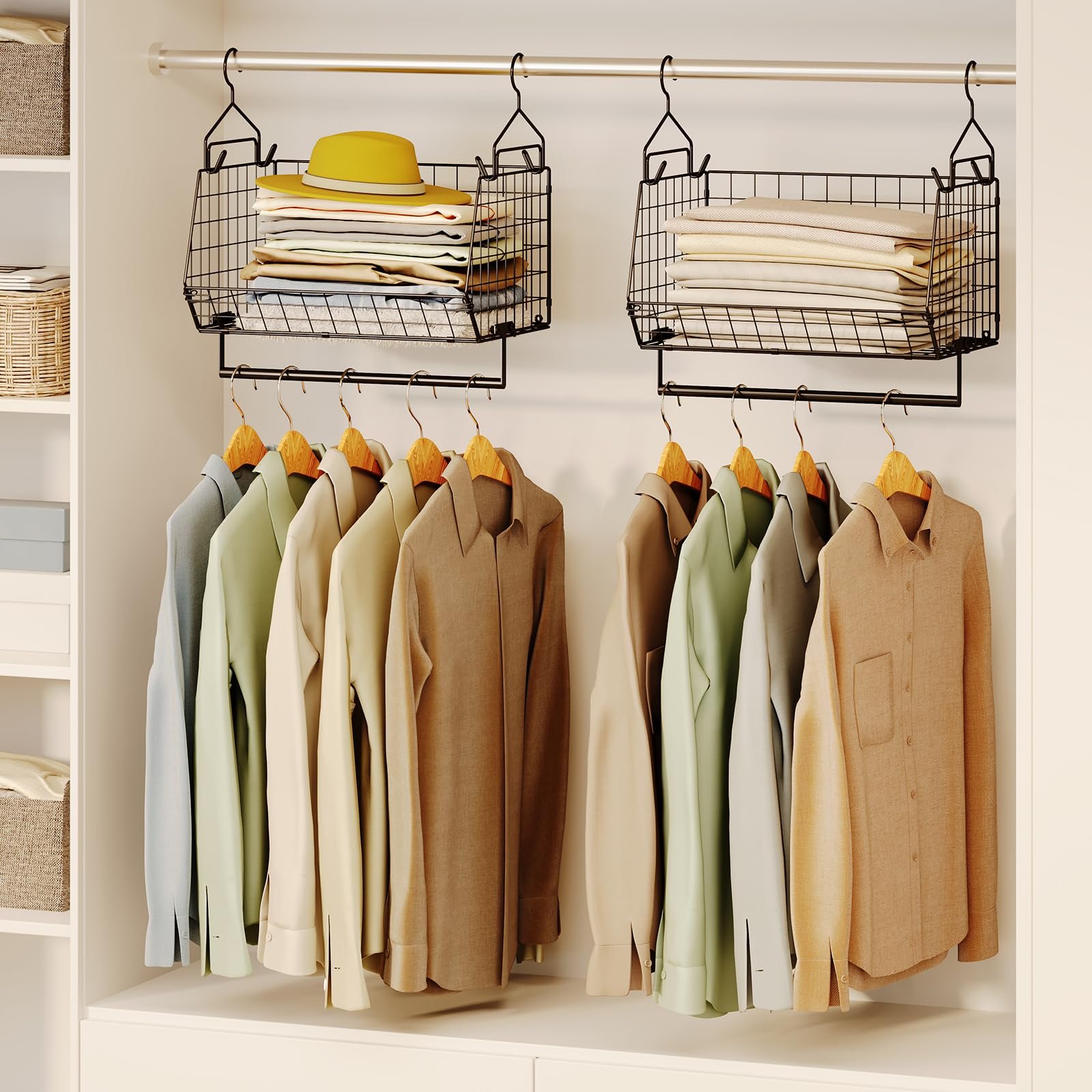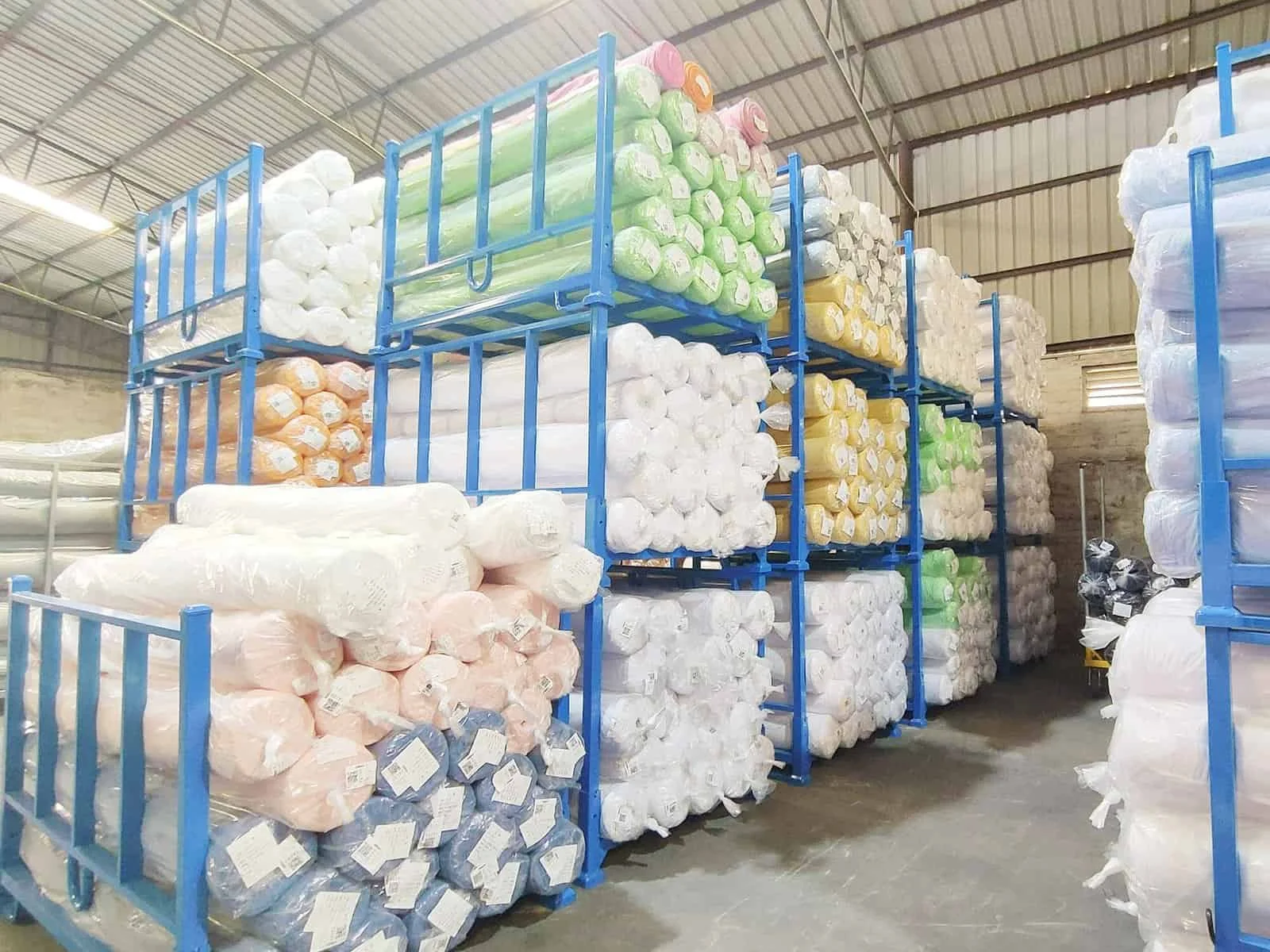Introduction: What Is Twill Fabric?
If you’ve ever worn jeans, chinos, or used a stylish storage box at home, you’ve already encountered twill fabric. But what is twill fabric exactly?
Twill is not a fiber but a weaving method that produces the well-known diagonal rib pattern. This weave creates fabrics that are durable, elegant, and versatile. From fashion to home storage solutions, twill remains one of the most reliable and timeless textiles.
The Structure of Twill Weave
Twill differs from plain weave because the weft thread passes over one or more warp threads, then under two or more, shifting with each row. This creates the visible diagonal lines, known as wales.
Key traits of twill weave:
Diagonal ribs are visible on the surface
Dense weaving adds strength and opacity
Drapes better than plain weave fabrics

Types of Twill Fabric
Cotton twill – common in chinos and uniforms
Denim – indigo twill weave, the basis of jeans
Herringbone twill – zigzag effect pattern
Houndstooth twill – iconic check pattern
Gabardine – tightly woven, smooth twill used in trench coats
Wool twill – warm, textured, used in suits and coats
Advantages of Twill Fabric
Durability – withstands daily wear and tear
Wrinkle resistance – resists creasing better than plain weave
Soft drape – stylish for apparel and storage organizers
Stain resistance – diagonal texture hides dirt well
Versatility – works for fashion, upholstery, and storage products
Disadvantages of Twill Fabric
Heavier weight – may feel too warm in summer
Higher production cost – compared to plain weave
Shrinkage risk – untreated cotton twill may shrink
Care needs – improper washing can distort diagonal lines

Common Uses of Twill Fabric
In Fashion
Jeans, chinos, and khakis
Workwear and uniforms
Suits and trench coats
In Home Textiles
Upholstery and curtains
Bedspreads and cushion covers
In Storage and Organization
Twill fabric is also used in storage boxes, foldable organizers, and travel bags. Its combination of strength and elegance makes it ideal for keeping items safe while blending seamlessly with modern interiors. For example, a twill storage box can hold toys, seasonal clothing, or accessories while adding a polished look to your closet.

Twill vs. Other Weaves
Plain weave – cheaper but less durable
Satin weave – smoother but weaker
Canvas – stiffer, less elegant than twill
How to Care for Twill Fabric
Wash in cool to warm water
Avoid high heat drying
Iron on medium setting
Dry clean wool twill for best results
FAQ: What Is Twill Fabric?
Q: Does twill fabric wrinkle?
Less than plain weave—it naturally resists creasing.
Q: Is twill fabric strong?
Yes, especially in denim, gabardine, and storage organizers.
Q: Can twill be used for storage products?
Absolutely. Many fabric storage boxes and closet organizers use twill for strength and a refined look.
Q: Is twill expensive?
Cotton twill is affordable, while wool twill is more premium.
Conclusion: Why Twill Fabric Still Matters
So, what is twill fabric? It’s a weaving technique that creates fabrics both stylish and strong, making it perfect for jeans, suits, upholstery—and even home storage organizers.
If you’re searching for practical yet elegant storage solutions, explore our twill storage boxes and organizers. Designed for everyday use, they combine durability with timeless appeal.




